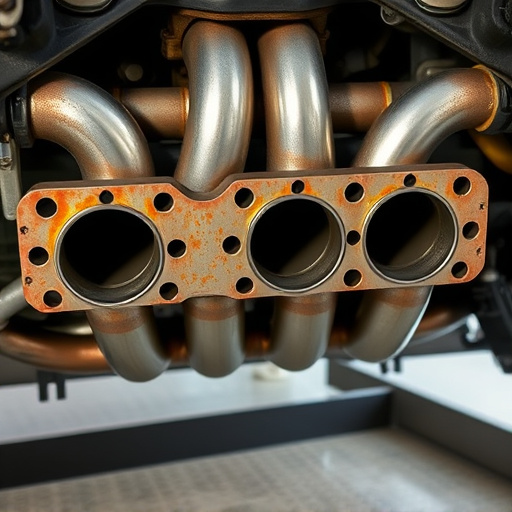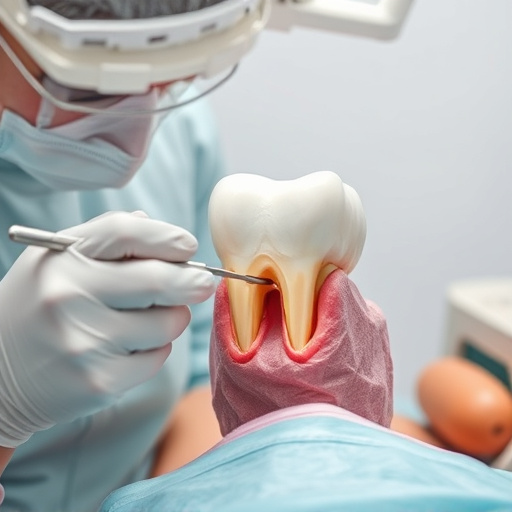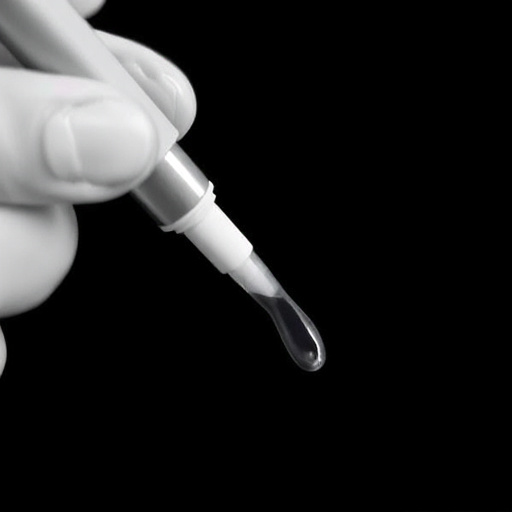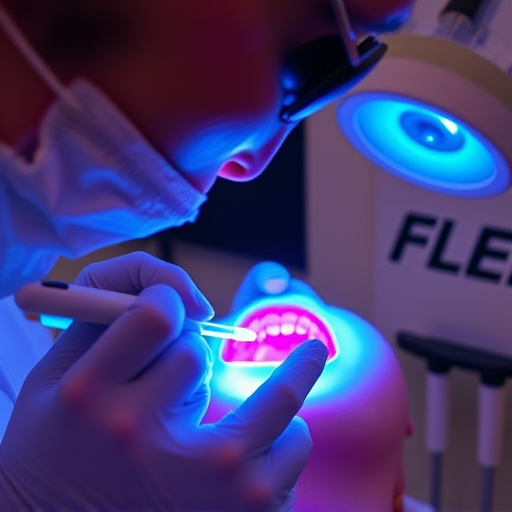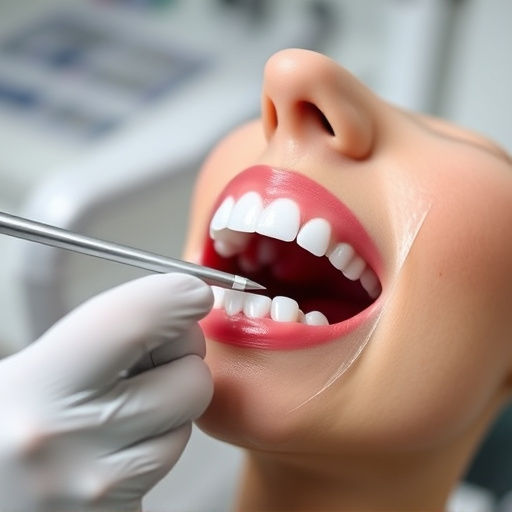Dental sealants for teeth act as protective barriers, shielding molars from bacteria and food particles, preventing decay and cavities. Applied during routine dentistry visits, these long-lasting coatings enhance natural mouth defenses, reducing need for fillings or extractions, and fostering optimal dental health for children and adults.
Dental sealants for teeth offer valuable protection for molars, especially in children. This article delves into the crucial role of sealants in preventing tooth decay on these hard-to-reach surfaces. We explore how sealants create a protective barrier, shielding molars from bacteria and food debris. Additionally, we discuss the benefits and longevity of molar sealants, providing insights for parents seeking to maintain their children’s oral health.
- Understanding the Role of Dental Sealants
- How Sealants Protect Molars from Decay
- Benefits and Longevity of Molar Sealants
Understanding the Role of Dental Sealants
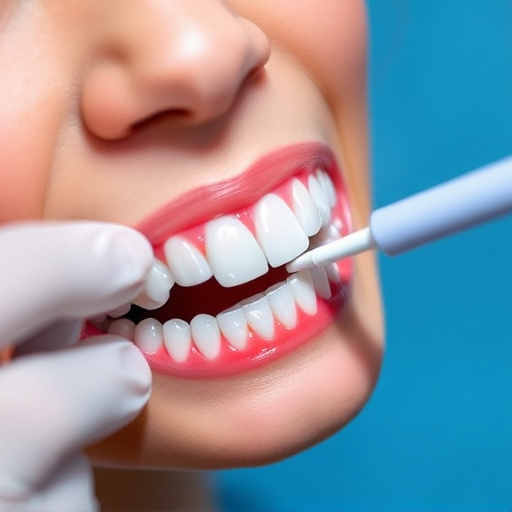
Dental sealants for teeth play a crucial role in protective dentistry, especially when it comes to molars. These thin, protective coatings are applied to the chewing surfaces of the back teeth, acting as a barrier against bacteria and food particles that can cause decay. By sealing off these hard-to-reach areas, dental sealants help prevent tooth extractions due to severe cavities or damage.
Unlike dental bonding or clear aligners, which address specific issues like filling cavities or aligning teeth, sealants provide a proactive approach. They are typically applied to children’s teeth as a preventive measure, but adults can also benefit from this simple, non-invasive procedure. This protective layer enhances the natural defenses of the mouth, ensuring that molars remain healthy and strong throughout their lifespan.
How Sealants Protect Molars from Decay
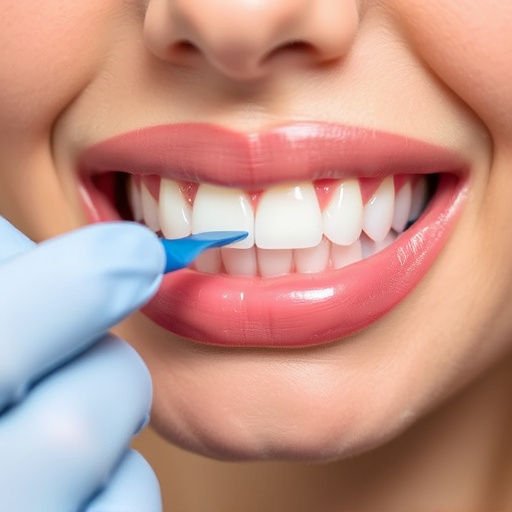
Dental sealants for teeth offer a highly effective barrier against tooth decay, particularly for molars—the large, flat teeth located at the back of your mouth. These protective coatings are applied to the chewing surfaces of molars, creating a smooth, glossy shield that prevents bacteria and food particles from settling in hard-to-reach areas. By sealing these crevices, dental sealants act as a physical barrier, hindering the formation of plaque and acid that cause tooth decay and cavities.
In family dentistry, routine oral exams often include an assessment for the need for dental sealants. Since molars are more prone to decay due to their structure and location, applying sealants early can significantly reduce the risk of future dental issues. Unlike cosmetic fillings, which are used to repair damaged teeth, sealants focus on preventive care, making them a valuable tool in maintaining excellent oral health, especially for children as they transition into adulthood.
Benefits and Longevity of Molar Sealants
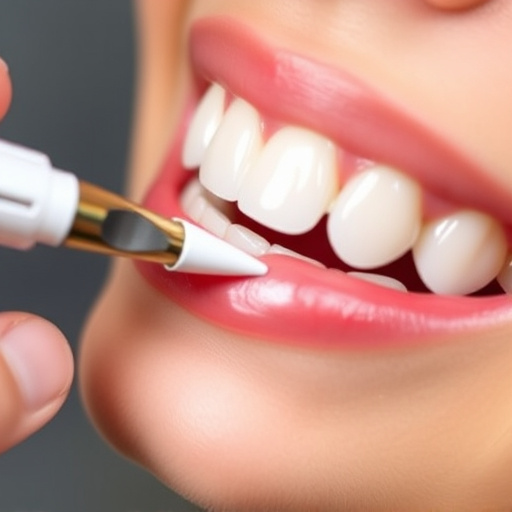
Dental sealants for teeth offer a long-lasting protective barrier on molars, shielding them from decay and damage. These clear or white coatings are applied to the chewing surfaces of back teeth, creating a smooth, glossy finish that prevents food particles and bacteria from settling in tiny crevices. This simple yet effective procedure is particularly beneficial for children as their permanent molars erupt, but it can also be advantageous for adults prone to tooth decay.
The longevity of molar sealants is remarkable, often lasting several years with proper oral hygiene. Regular dental cleanings and routine oral exams play a crucial role in maintaining the integrity of these sealants, ensuring they remain effective over time. By preventing cavities and reducing the need for future fillings or even tooth extractions, dental sealants provide significant advantages to overall dental health and well-being.
Dental sealants for teeth offer a simple yet effective way to protect molars from decay, especially in children and teens. By applying a protective coating to the chewing surfaces of back teeth, sealants create a barrier against bacteria and food particles, significantly reducing the risk of cavities. This long-lasting solution, with proper care, can shield molars for years, ensuring better oral health and potentially saving time and money on future dental treatments.

